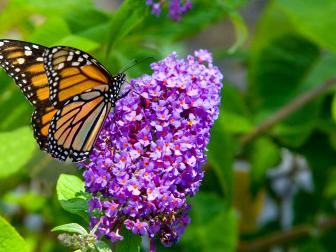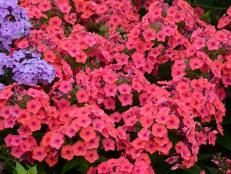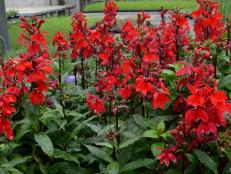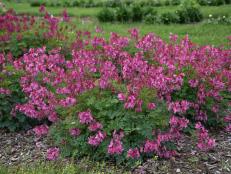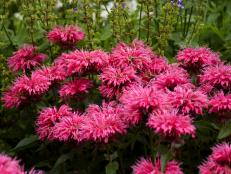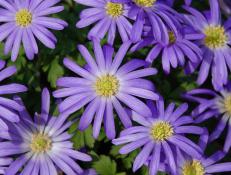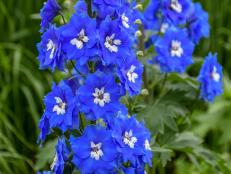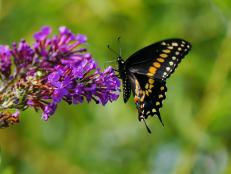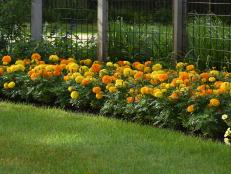Planting and Growing Joe Pye Weed
Forget the "weed" in this plant's name. Joe Pye weed is actually a wildflower that invites lots of lovely butterflies to your garden.
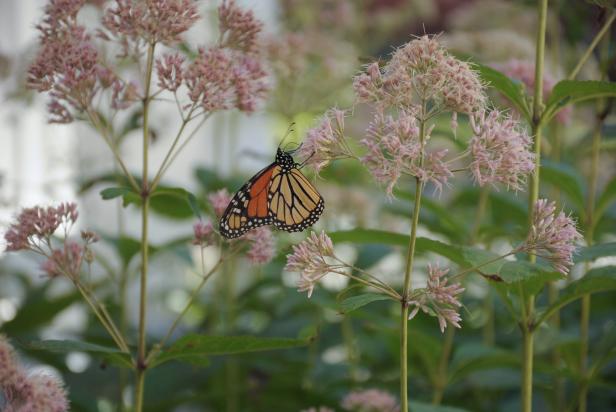
PrairieNursery.com
Joe Pye weed, also called sweet Joe Pye weed, is great for a planting site with damp soil.

Plant Joe Pye weed (Eutrochium purpureum) in your garden, landscape or back border and wait for colorful butterflies to appear. Hummingbirds and bees also flock to the tiny, white, pink or purplish blooms of this wildflower, which is native to the eastern North American woodlands. Joe Pye weed is a perennial that flowers from late summer into fall, often in its first year.
Choosing Which Joe Pye Weed to Grow
Joe Pye weed is "one of those beautiful native wildflowers that doesn't deserve 'weed' in its name," says Kendall Frost, Content Marketing Manager for American Meadows.
Joe Pye weed has had several name changes over time, so you may see its botanical name shown as Eupatorium, Eutrochium or Eupatroiadelphus. Prairie Nursery, for example, lists these easy-to-grow beauties as Eupatorium.
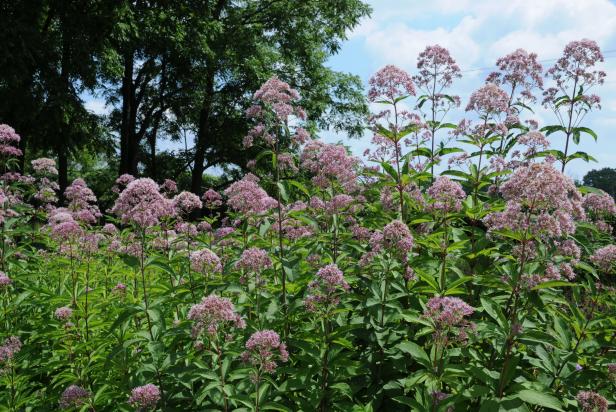
PrairieNursery.com
Plant Joe Pye weed, also called sweet Joe Pye weed, in masses for the best display of color.
Species, Cultivars and Varieties
Eutrochium purpurem. Hardy in USDA Zones 4-9, this plant, commonly referred to as either Joe Pye weed or sweet Joe Pye weed, grows to seven feet tall. The flowers and crushed leaves of Eutrochium purpurem smell like vanilla.
Eutrochium fistulosum. This Joe Pye weed has green stems and muted pink or purplish flowers. Eutrochium fistulosum is hardy in Zones 4-8.
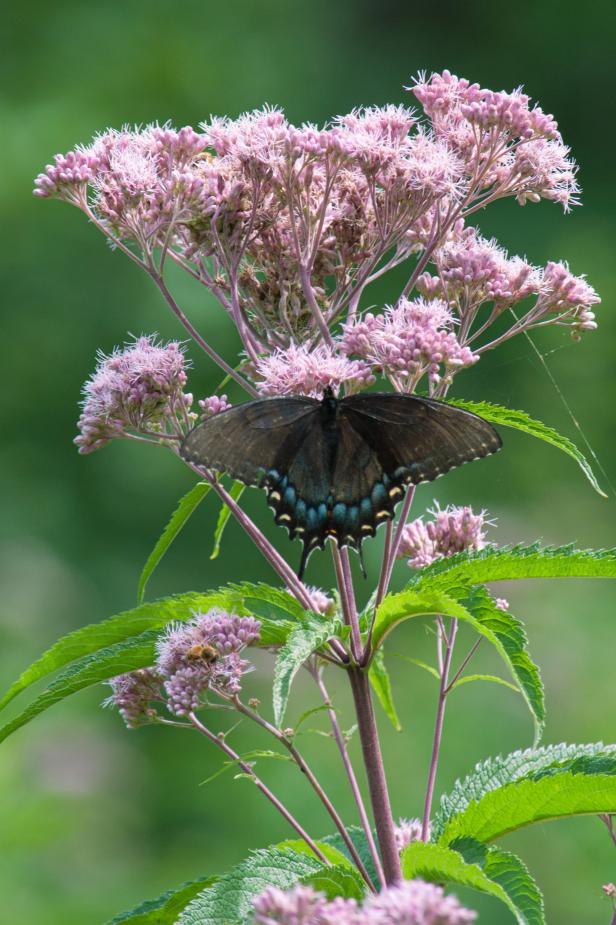
PrairieNursery.com
Spotted Joe Pye weed attracts monarchs and swallowtails. American Ladies, Viceroys and Great Spangled Fritillaries, among other butterfly species, also love Joe Pye flowers.
Eutrochium dubium. Hardy in Zones 3-9, this plant is also called coastal plain Joe Pye weed or three-nerved Joe Pye weed. Its mauve-purple blooms are followed by seeds that songbirds like.
Eutrochium maculatum. Also known as Joe Pye weed and spotted Joe Pye weed, this wildflower has stems with purple speckles and flattened clusters of pinkish or purplish flowers. Hardy in Zones 4-8, Eutrochium maculatum can reach three to six feet tall.
Eupatorium rugosum. Commonly called chocolate Joe Pye Weed, this perennial is a relative of Eutrochium with white flowers and dark, bronze-purple leaves. Chocolate Joe Pye weed is good for small spaces, topping out at three to four feet tall. Chocolate Joe Pye weed is hardy in Zones 4-8.
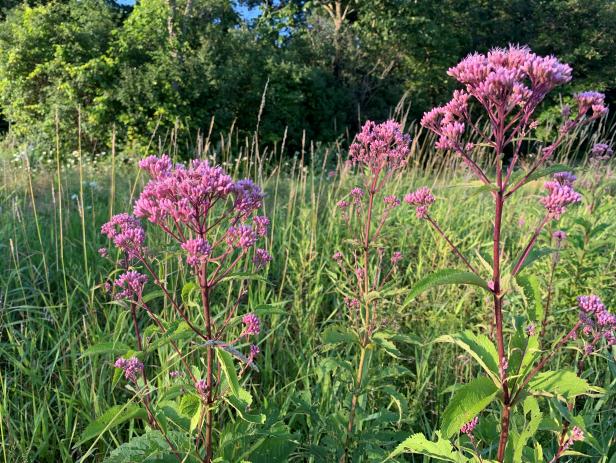
Kendall Frost/American Meadows
Companion plants for Joe Pye weed include coneflowers, switchgrass, Eastern bee balm and feather reed grass.
Getting the Planting Site Ready
Clear your planting site of weeds, rocks and other debris and rake the top few inches of soil to loosen and level it. Make sure your site gets full to part sun (part sun is best if you get hot afternoon sun).
Add Organic Matter
Joe Pye weed needs well-drained, moist, fertile soil and tolerates an acidic, neutral or alkaline pH. To enrich your soil, work in some compost.
Planting Joe Pye
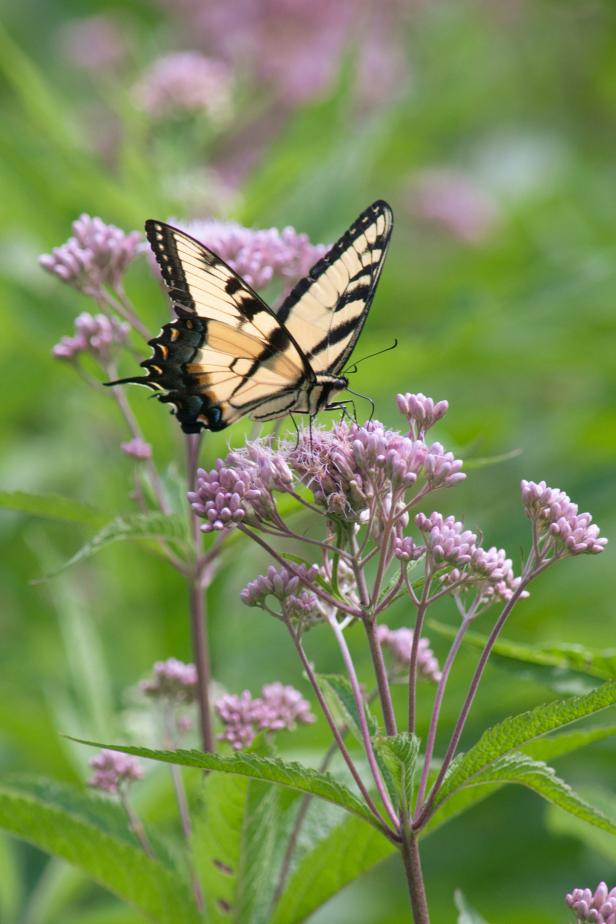
PrairieNursery.com
The strong stems on Joe Pye weeds don't usually need staking.
When Does Joe Pye Weed Grow Best?
This herbaceous perennial needs plenty of space and is best planted in the spring, after all chance of frost has passed. It will grow and spread quickly.
Should I Start Joe Pye Indoors?
Although it's easier to grow Joe Pye weed from plants than seeds, you can start the seeds indoors. They germinate better if they first undergo scarification — a kind of cold treatment. Start eight to 10 weeks before your last spring frost by putting enough water into a bag of soilless seed starting medium to dampen it. Then put the dampened medium into pots and sow the Joe Pye weed seeds on top of it. Lightly press them down but don’t cover them.
Put the pots in plastic bags and place them in the refrigerator for four weeks. Take them out, remove the bags, place the pots by a sunny window or under grow lights, and keep the medium damp. The seeds may take up to four weeks to sprout.
When the seedlings are two inches tall, harden them off by moving them outdoors for a short time each day for about one week. Gradually increase the time they stay outdoors each day until you’re ready to plant them in the garden.
Planting Joe Pye Weed in the Garden
To sow Joe Pye weed seeds directly outdoors, start them in the fall so the colder weather and winter rains can help them germinate. They need light, so gently press or rake them into the soil but don't cover them. When the seedlings are up, thin them as needed.
For Joe Pye weed plants, dig holes a little larger than the root balls. Put the plants in the holes so the top of each root ball is level with the soil. Space them as indicated on their tags or labels. Backfill the holes and water deeply.
Growing and Caring for Joe Pye Weed
Water Consistently
While Joe Pye weed plants are easy to grow and maintain, they do need consistently moist soil, especially in the first year. Keep them watered deeply, but don’t let the soil get soggy. Also, don’t let the soil dry out for more than a couple of days during hot spells.
Fertilize
In its native environment, Joe Pye weed doesn’t need fertilizer. If you have poor soil, apply a slow-release fertilizer according to the directions on your product when the plants show new spring growth. You can also mix in some compost if you didn’t add any at planting time. Feed the plants again in midsummer when they start to bloom.
Weed Regularly
Weed your plants regularly so they won’t have to compete for water, nutrients and sunlight. Use a layer of mulch and reapply it as needed to help prevent weed seeds from sprouting and taking over. Mulch will also help hold moisture in the soil.
Scout for Health Issues
Joe Pye weed plants are seldom affected by pests or diseases. However, powdery mildew, a fungal disease, can be a problem in hot weather or if the plants are in too much shade. Powdery mildew shows up as grayish-white areas on the plants’ leaves. To help prevent this, space your plants so they have plenty of good air circulation and use mulch to keep fungal spores in the soil from spreading.
If the powdery mildew becomes a serious problem, use a fungal spray. Remove any diseased plant parts and discard them. Don’t compost them as doing so could allow the disease to spread.
At frost, Joe Pye plants start to die and go dormant. Pruning isn’t necessary, but if desired, you can cut your plants back to four to eight inches tall at that time or wait until spring. Joe Pye weed blooms on new growth, so you’ll still get flowers.
How to Use Joe Pye Weed in the Garden
Joe Pye wildflowers are wonderful for a variety of uses. Their blooms are rich in nectar and pollen for wildlife and some plants form ornamental seeds that attract songbirds. You can also cut and dry the flowers for arrangements.
These tall plants also offer shelter and protection for wild creatures. And because they’re native to parts of North American, they’re eco-friendly, needing less water and fertilizer than many other plants.
24 Butterfly Garden Flowers 26 Photos
These vibrant flowers and plants — including Joe Pye weed — provide nectar for butterflies and create a bold border for your yard.
Their height lets them serve as a beautiful backdrop for shorter flowers. Use them in a cottage garden, rain garden, meadow, native plant garden, naturalized area, on the edge of woodlands, in a damp spot in your yard or in the back of a border.






